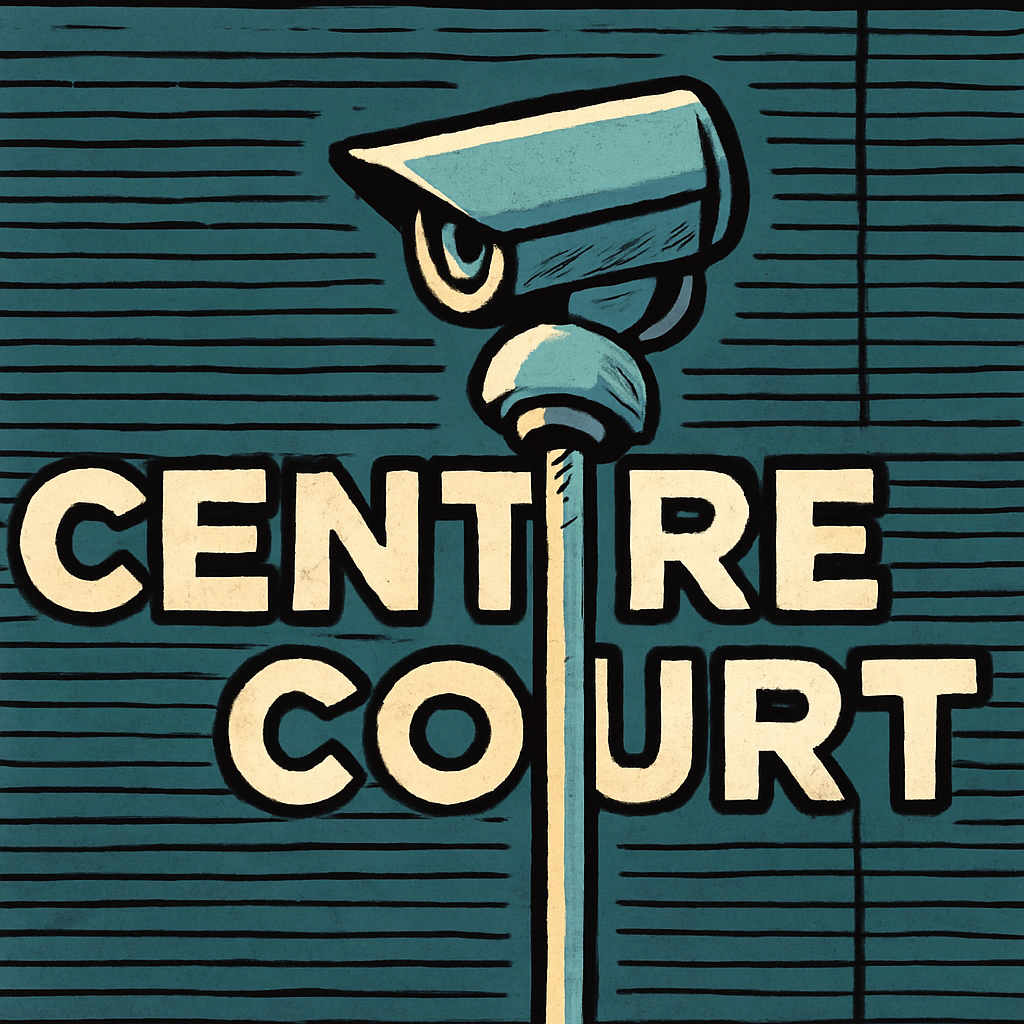LONDON — Wimbledon’s historic shift to fully automated electronic line-calling made its debut on Monday, marking the end of an era for human line judges at the All England Club. While the technology promises precision, the first day of its implementation sparked mixed reactions from players and fans alike—some praising its accuracy, others lamenting the loss of tradition and even questioning the volume of the automated calls.
The Quiet Controversy: Players Struggle to Hear Calls
Several players reported difficulty hearing the electronic calls, which replaced the familiar shouts of “Out!” and “Fault!” from line judges. “I couldn’t hear it at all,” said world No. 12 Jelena Ostapenko after her first-round match. “I had to rely on the screen, which isn’t always easy when you’re in the middle of a point.”
Other players echoed her concerns:
- “The sound is too soft, especially with crowd noise,” noted Frances Tiafoe.
- “It’s a big adjustment. I kept looking for the line judge’s call out of habit,” admitted Ons Jabeur.
Tradition vs. Technology: A Divided Reaction
The removal of human line judges—a Wimbledon staple since 1877—drew strong opinions. Traditionalists argued that the change stripped the tournament of its character. “Part of Wimbledon’s magic was the human element,” said longtime fan Margaret Harris. “Now it feels a bit sterile.”
However, proponents highlighted the benefits:
- Elimination of human error in close calls
- Faster decision-making, reducing disputes
- Consistency across all courts
How the System Works
The electronic system, powered by Hawk-Eye Live, uses 10 cameras per court to track ball trajectories in real time. When a ball lands out, a computerized voice announces the call, accompanied by a visual signal on the stadium screens. The All England Club confirmed the volume was set to a standard level but acknowledged “feedback is being reviewed.”
Notable Moments from Day 1
The technology faced its first high-profile test during Novak Djokovic’s opening match. A close call on a baseline shot was instantly confirmed by the system, drawing applause. “No arguments there,” Djokovic remarked afterward. “But I did miss the interaction with the line judges.”
Meanwhile, a disputed call in a doubles match highlighted lingering challenges—players still paused, awaiting a human voice, before realizing the automated call had already been made. “It’ll take time to adapt,” conceded doubles specialist Jamie Murray.
Looking Ahead: Will Adjustments Be Made?
Tournament director Jamie Baker addressed the feedback, stating, “We’re monitoring all aspects of the system’s debut, including audio levels. Player and fan experience remains our priority.” Speculation suggests volume adjustments could come as early as Day 2.
The debate extends beyond Wimbledon. The Australian and US Opens have used electronic calling for years, but Wimbledon’s resistance to change made this transition particularly symbolic. “It’s the end of an era,” tweeted retired champion Andy Murray.
Conclusion: A New Chapter for Wimbledon
While the technology ensures fairness, its quieter presence has undeniably altered the atmosphere. As players adjust and the tournament considers tweaks, one thing is clear: Wimbledon will never sound the same again. “Progress isn’t always perfect,” summed up broadcaster John McEnroe, “but it’s inevitable.”

